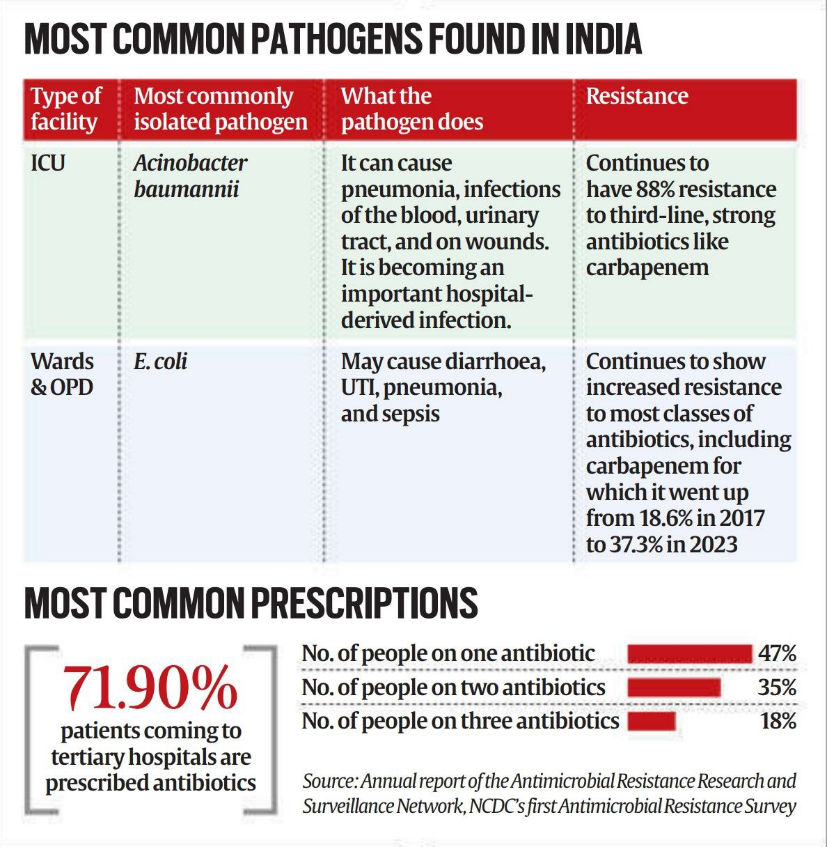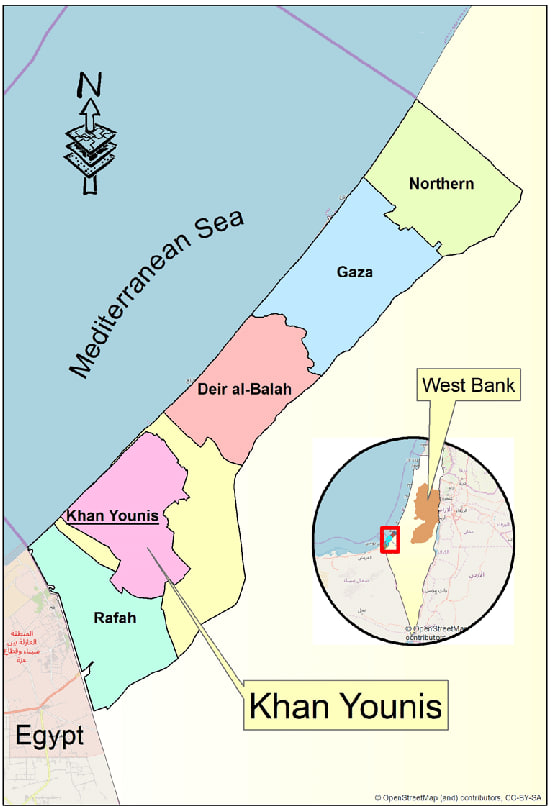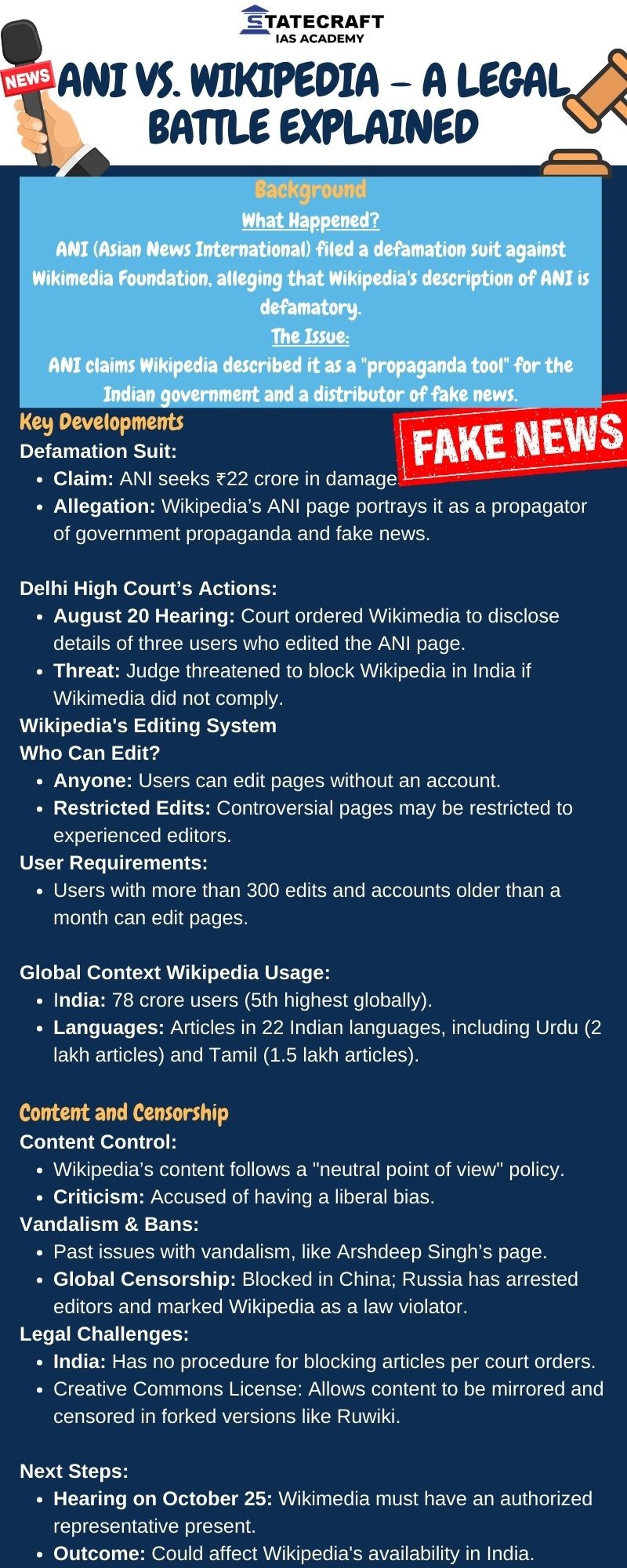Index:
- India’s Four-Point Principle to End Russia-Ukraine Conflict
- The Grave Threat from AMR (Antimicrobial Resistance)
- Israeli Strike Kills 40 in Humanitarian Zone in Gaza's Khan Yunis
- Odisha’s Tribal Students Achieve Success in Medical College Admissions:
- ANI Vs. Wikipedia Legal Battle
- Ovarian Cancer Awareness Month
1. India’s Four-Point Principle to End Russia-Ukraine Conflict
- CONTEXT: External Affairs Minister S. Jaishankar emphasized India’s four key principles for resolving the Russia-Ukraine conflict:
- This should be a time for peace, not war: There can be no solutions on the battlefield.
- There will be no simple solutions: It is crucial to move away from black-and-white solutions.
- Russia must be part of any dialogue: A sustainable resolution requires Russian engagement.
- India’s role as a mediator: India is consistent in its efforts to encourage peace and dialogue among all parties.
- India’s diplomatic approach:
- India has consistently engaged with key global powers like the U.S., Europe, and Russia.
- Jaishankar highlighted recent high-level visits by Prime Minister Modi to Moscow and Kyiv, underscoring India’s active diplomatic role.
- India-Germany Bilateral Talks:
- Jaishankar’s visit to Berlin included discussions on strengthening economic ties, particularly skilled Indian worker mobility to Germany.
- India and Germany focused on global issues including Ukraine, China, and Gaza.
2. The Grave Threat from AMR (Antimicrobial Resistance)
- What is AMR?:
- AMR occurs when microbes evolve to resist the effects of antimicrobial drugs (antibiotics), leading to drug-resistant “superbugs.” This resistance is largely due to misuse or overuse of antibiotics in humans and animals.
- Key Concerns:
- AMR can undermine the effectiveness of antibiotics globally, affecting the treatment of diseases.
- India faces a growing AMR challenge with microbes becoming resistant to multiple drug classes.
- Common Pathogens in India:
- Acinetobacter baumannii (ICU): Causes pneumonia and infections of blood, urine, and wounds. Resistance increased from 18.6% (2017) to 37.3% (2023).
- coli (Wards & OPD): Causes diarrhea and infections in the urinary and gastrointestinal tract, showing continued resistance to antibiotics like carbapenem.
- Prescription Patterns:
- 9% of patients in tertiary hospitals are prescribed antibiotics.
- The ICMR survey highlights the over-prescription of antibiotics:
- 47% of patients on one antibiotic,
- 35% on two antibiotics,
- 18% on three or more.
- Contributing Factors:
- Inappropriate use of antibiotics for viral infections like flu.
- Lack of diagnostic testing to identify the correct antibiotic.
- Misuse of antibiotics for non-bacterial infections.
- Key Solutions:
- Vaccination: Prevent infections that would otherwise require antibiotics.
- Rational Use of Antibiotics: Avoid unnecessary prescriptions and promote narrow-spectrum antibiotics.
- Surveillance: Study patterns of resistance and prevent antimicrobial misuse.
- Pharmaceutical Responsibility: Limit pollution from antibiotic manufacturing.
3. Israeli Strike Kills 40 in Humanitarian Zone in Gaza's Khan Yunis
- CONTEXT: Incident Overview:
- An Israeli airstrike on a humanitarian zone in southern Gaza’s Khan Yunis killed 40 people.
- The Israeli Army claimed the target was a Hamas command centre embedded within the area.
- Background:
- The area was designated as a safe zone for displaced Palestinians, with tens of thousands taking refuge there.
- This is part of a larger conflict, where Israel has carried out multiple strikes, including a July strike that killed Hamas’ military chief, Mohammed Deif.
- Casualties and Response:
- Gaza’s health authorities reported 40 dead and 60 wounded.
- Civilians were unaware of the impending strike and scrambled to recover belongings.
- Civil defence officials expressed concerns over the lack of warning and the high civilian toll.
4. Odisha’s Tribal Students Achieve Success in Medical College Admissions
- Background:
- Admission to medical colleges in India, especially through the NEET exam, is highly competitive, with many students facing pressure to succeed. However, a rising trend of tribal students from Odisha’s remote Kalahandi district is emerging, overcoming both educational and socio-economic challenges.
- Success Stories:
- Kalakar Pradhan: A 19-year-old member of the Kandha tribe, cracked NEET after multiple attempts, scoring 450 marks and securing admission to SCB Medical College in Cuttack. Despite tending cattle and managing household chores, Kalakar remained focused on his education.
- Sanatan Pradhan: Another tribal student from Tadamaha, secured admission after self-studying with borrowed books and online resources, despite the financial difficulties his family faced.
- Mangala Muduli: The first person from her vulnerable tribal group (PVTG) in Koraput to crack NEET and enter a medical college. Her journey reflects perseverance despite limited resources.
- Challenges Faced:
- Many tribal students face restricted access to educational resources, including Internet connectivity and study materials, and are forced to juggle household responsibilities along with academics.
- High dropout rates among tribal students: 3% of tribal boys drop out before completing school.
- Milestones Achieved:
These students have made history by securing seats at some of the most prestigious medical colleges, such as VSS Medical College in Burla and other top institutes in the state.





